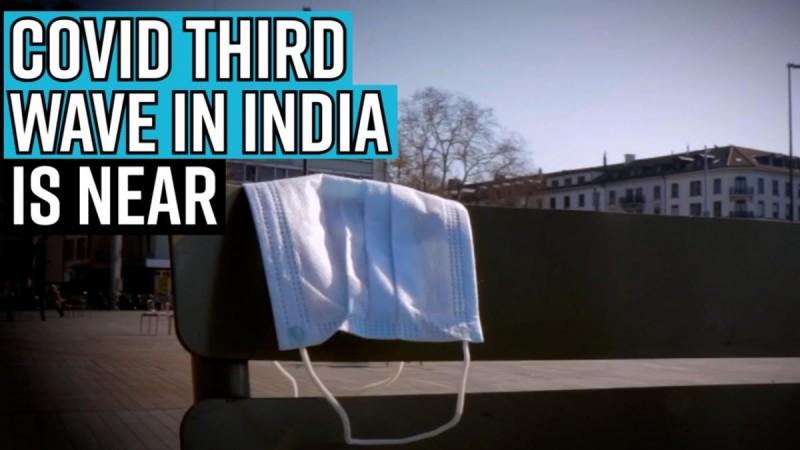The scientists rue the fact that all it would have taken to stop the virus in its tracks were three steps followed conscientiously. An N-95 mask worn properly, sanitized hands and physical distance. But simple steps clearly seem like a tall order. Now with the virus variants and third wave upon us, it is time to figure out ways to curb Covid-19 spread indoors.

How and why masks are a super tool
Unfortunately, they are as effective as undermined and as advocated as ignored. Preferably, a certified N95/KN95 mask worn and removed properly, can mitigate the chances of Covid-19 spread by more than fifty per cent. Among the multifarious studies that vouch for the effectiveness of masks, the most recent one happens to be by engineering researchers at the University of Waterloo.
The researchers used a mannequin to simulate a seated person breathing in a large room. The findings showed a significant build-up of aerosol droplets despite the use of common cloth and blue surgical masks. While admitting the protective ability of any face covering, co-author Serhiy Yarusevych, said, "However, there is a very serious difference in the effectiveness of different masks when it comes to controlling aerosols."
The findings have been published in the journal Physics of Fluids. The study also showed that most common masks, primarily due to problems with fit, filter about 10 per cent of exhaled aerosol droplets. By contrast, higher quality, more expensive N95, KN95 masks filtered more than 50 per cent of the exhaled aerosols. The study also found that even modest ventilation rates were as effective as the best masks in reducing the risk of transmission.
Don't ignore the 20-second hand wash rule
Frequent, thorough and rigorous handwashing was among the first few guidelines issued by the nodal health authorities of all the countries. But the science behind it was rarely studied and cited in detail. In Physics of Fluids, by AIP Publishing, researchers from Hammond Consulting Limited describe a model that describes the key mechanics behind the act of hand-washing.
Particles are trapped on the rough surfaces of the hand in potential wells. In other words, they are at the bottom of a surface and for them to escape, the energy of the water flow must be high enough to bring them up and wash them away.
Author Paul Hammond explains, "If you move your hands too gently, too slowly, relative to one another, the forces created by the flowing fluid are not big enough to overcome the force holding the particle down." His model explains and agrees with the guidelines issued by Centers for Disease Control and Prevention, which advocates at least twenty seconds under the tap.

Extend the classroom ventilation guidelines to indoor spaces
A detailed study by the researchers at MIT, shed enough light on how classroom air could be kept fresh and relatively aerosol free. The study points out that the most promising scenario would be getting plenty of fresh air enter at ground level of the closed space or room and then make it move steadily upwards until it exits the room through ceiling vents.
The co-author of the paper, Leon Glicksman said, "The aim is to limit horizontal air movement in the room which spreads aerosols and facilitate upward vertical air movement to cycle the air out of the room."
Good ventilation, social distance, certified well-fitted masks is all it will still take to help curb the spread, despite anti-vaxxers and mutated variants. But small steps that make the biggest of different are also the most difficult to take.





!['Lip lock, pressure, pyaar': Vidya Balan- Pratik Gandhi shine in non-judgmental infidelity romcom Do Aur Do Pyaar [ Review]](https://data1.ibtimes.co.in/en/full/797104/lip-lock-pressure-pyaar-vidya-balan-pratik-gandhi-shine-non-judgmental-infidelity-romcom.jpg?w=220&h=138)







